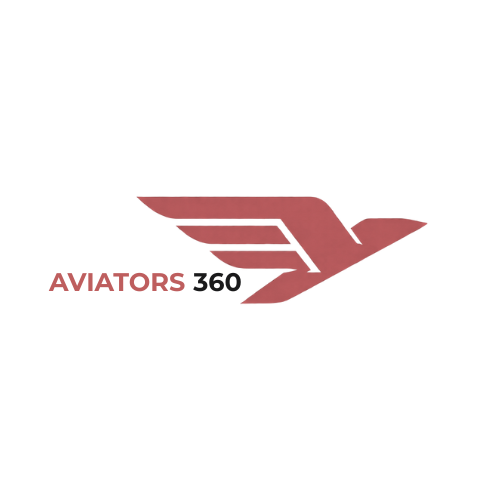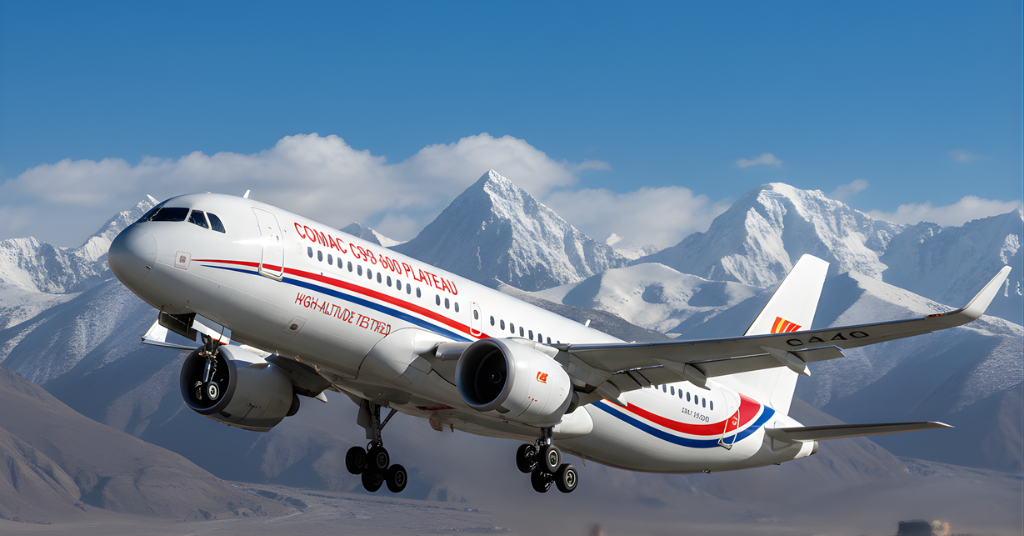COMAC C919 Plateau Variant Targets High-Altitude Challenges
In a strategic move to conquer one of aviation’s most demanding niches, the Commercial Aircraft Corporation of China (COMAC) is reportedly developing a specialized “Plateau” variant of its C919 narrow-body jet. Dubbed the C919-600, this aircraft is being engineered from the ground up to operate efficiently from high-altitude airports, opening up new possibilities for connectivity in mountainous regions.
This initiative highlights a focused approach by the Chinese aerospace manufacturer, targeting a specific and growing market segment where its competitors are less active.
What is a “Plateau” or “High-Altitude” Aircraft?
Flying from high-altitude airports presents unique and severe challenges for both aircraft and crew. The thin air at elevations above 8,000 feet impacts performance in critical ways:
Reduced Engine Power: Jet engines produce less thrust in thin air because there are fewer air molecules for combustion.
Impaired Lift Generation: Wings generate less lift during takeoff, requiring a longer runway to achieve the necessary speed.
Reduced Braking Efficiency: Both engine reverse thrust and wheel brakes are less effective.
A “Plateau” variant is specifically modified to overcome these hurdles, making it essential for servicing airports in regions like the Tibetan Plateau, the Andes, or the Rocky Mountains.
The C919-600: Key Design Features and Modifications
While official specifications are still under wraps, aerospace analysts predict the C919-600 will incorporate several key modifications to become a high-altitude specialist:
Enhanced Thrust: The most critical upgrade will be more powerful engines. Expect a version of the LEAP-1C engine tuned to deliver superior thrust in low-oxygen conditions.
High-Lift Wing Modifications: To compensate for reduced lift, the aircraft may feature enlarged or more complex slats and flaps to increase wing area and lift coefficient during takeoff and landing.
Robust Landing Gear and Braking Systems: Strengthened landing gear and advanced, high-performance carbon brakes will be essential for safe operations on often-shorter runways.
Pressurization and Oxygen Systems: The cabin pressurization system will be optimized for frequent, steep ascents and descents, and supplemental oxygen for the crew may be increased.
The Strategic Rationale: Why COMAC is Pursuing This Niche
This is not just an engineering exercise; it’s a commercially and strategically astute move by COMAC.
Addressing a Domestic Need: China is home to numerous high-altitude airports, including some of the world’s highest in Tibet and Western China. A domestic aircraft tailored for these conditions reduces reliance on foreign planes and strengthens national aviation infrastructure.
Creating a Market Niche: Instead of directly challenging the Airbus A320neo and Boeing 737 MAX on all routes head-on, COMAC can establish a dominant position in a specialized market where it has a home-field advantage.
Export Potential: Beyond China, countries with challenging terrain—such as those in South America (Bolivia, Peru), Central Asia, and the Caucasus—represent a natural export market for a proven high-altitude performer.
Potential Routes and Market Impact
The introduction of a capable C919-600 could revolutionize air travel networks in remote, high-elevation regions.
Sample Routes: It could efficiently connect cities like:
Lhasa (Tibet) to major hubs like Chengdu or Beijing with greater payload and frequency.
La Paz (Bolivia), one of the world’s highest commercial airports, to other South American capitals.
Kathmandu (Nepal) to key business centers across Asia.
Competitive Landscape: The C919-600 would compete with specialized variants of the Airbus A319 (the A319neo) and smaller regional jets that are currently the only options for many of these routes. Its modern design and potentially lower operating costs could give it a competitive edge.
Challenges on the Horizon
Despite the clear strategic logic, COMAC faces significant hurdles:
Proving Reliability: The high-altitude environment is unforgiving. The C919-600 will need an extensive and flawless testing campaign to earn the trust of airlines and passengers.
Certification: Gaining certification from international aviation authorities like the FAA and EASA will be crucial for export success and a major test of its safety and performance credentials.
Production Scale: COMAC must first ramp up reliable production of the standard C919 before dedicating significant resources to a specialized variant.
Conclusion: A Specialized Ascent
The development of the COMAC C919-600 “Plateau” variant is a clear signal that the Chinese aerospace giant is thinking strategically. By focusing on a demanding and underserved segment of the market, it is building a unique identity and a potential path to long-term success. If COMAC can successfully engineer, certify, and produce this specialized jet, it won’t just be scaling mountainous runways—it will be scaling new heights in the global aerospace industry.
Stay tuned for further official announcements from COMAC as this ambitious project develops.

